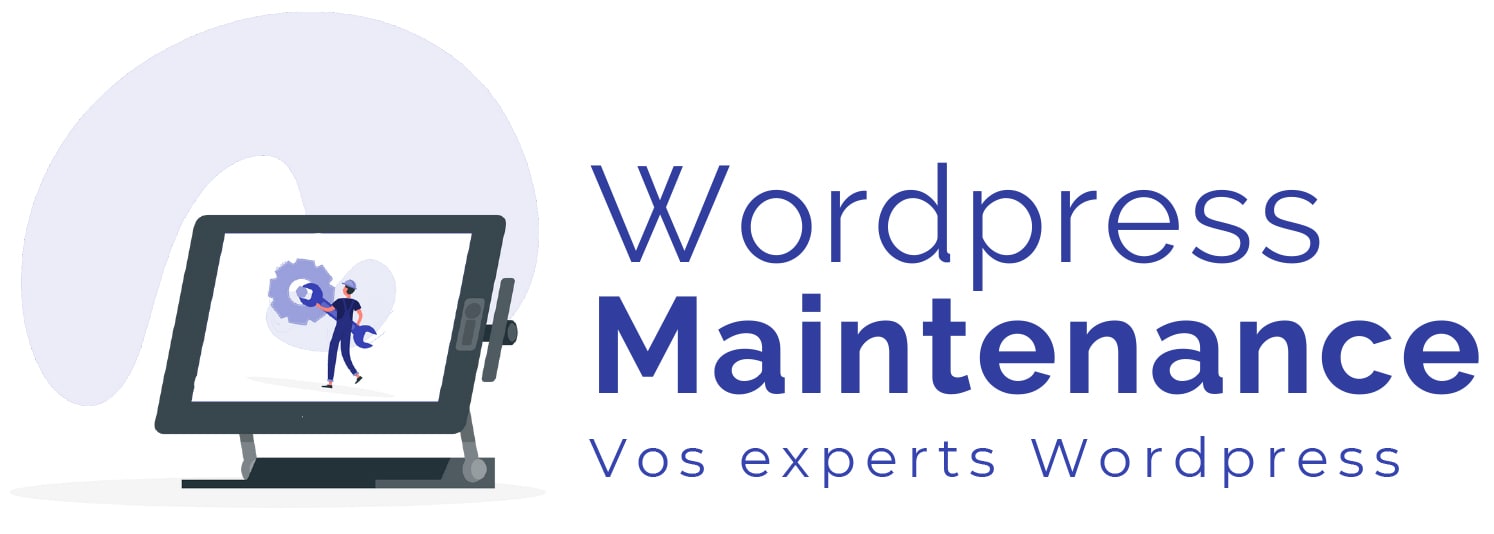Introduction to Typography Optimization for WordPress
Simply put, typography is the art of arranging type to make language visible. In the world of web design, it plays a crucial role in enhancing the overall look and user experience of a website. For a WordPress site, optimizing typography can make a big difference in terms of readability and user engagement.
Good typography can help direct readers' attention to the most important elements of your content, improve site navigation and even influence visitors' overall impression of your brand. Poor typography, on the other hand, can make your content difficult to read and discourage visitors from staying on or returning to your site.
In this guide, we'll show you how to optimize the typography of your WordPress site for better readability. We'll cover aspects such as font choice, font size, line spacing, text color and more. Be prepared to take notes and experiment with different styles to see what works best for your site!
Discover our offers for WordPress website maintenance
Understanding the importance of typography
Typography is an essential aspect of web design, playing a crucial role in how content is perceived by users. Well thought-out typography can improve the user experience, increase time spent on the site and even improve conversion rates. Conversely, poor typography can make content difficult to read and understand, discouraging users and driving them away from your site.
There are several ways to optimize the typography of your WordPress site for better readability. This includes choosing the right font ice, font size, letter, word and line spacing, text and background color, and the judicious use of headings and lists to structure content.
ice, font size, letter, word and line spacing, text and background color, and the judicious use of headings and lists to structure content.
Choosing the right font
Font choice is one of the most important aspects of typography. It's important to choose a font that's easy to read and matches the tone and style of your site. For example, if you have a professional or academic site, you might opt for a serif font like Times New Roman or Georgia. If you have a more casual or creative site, you can opt for a sans serif font like Arial or Helvetica.
It's also important not to use too many different fonts on your site. In general, it's recommended to stick to two or three fonts at most. Too many different fonts can make your site cluttered and difficult to read.
Adjust font size
Font size is another crucial aspect of typography. A font size that's too small can be difficult to read, especially for users with poor eyesight. Conversely, a font size that's too large can make the text look cluttered and take up too much space on the page.
In general, a font size of at least 16 pixels is recommended for body text. For headings, you can use a larger font size to make them stand out. It's also important to keep a consistent hierarchy in font sizes, with headings larger than subheadings, which in turn are larger than body text.
Optimize letter, word and line spacing
Letter, word and line spacing is another important aspect of typography. Proper spacing can improve legibility by making text airier and easier to read.
Letter spacing of 0 to 0.05 em is generally recommended for body text, and word spacing of 0.25 to 0.5 em. For line spacing, a value of 1.5 to 2 is generally recommended.
Choosing the right colors
Color choice is also crucial to legibility. It's important to choose colors that contrast well to make the text easy to read. For example, black text on a white background is generally easy to read, while yellow text is more difficult to read. e on a white background can be difficult to read.
e on a white background can be difficult to read.
It's also important to consider accessibility when choosing colors. For example, people who are color-blind may have difficulty distinguishing certain colors. There are online tools that can help you check whether your colors are accessible to all users.
Using headers and lists to structure content
Headers and lists are valuable tools for structuring content and making it easier to read and understand. Headers divide content into easy-to-digest sections, while lists present information clearly and concisely.
It's important to use a consistent hierarchy in headings, with the page title in H1, main headings in H2, subheadings in H3, and so on. This not only helps users to navigate content, but also helps search engines to understand the structure of your page.
In conclusion, optimizing the typography of your WordPress site for better readability is a worthwhile effort. Not only does it improve the user experience, but it can also have a positive impact on your SEO. To find out more about optimizing your WordPress site for search engines, you can read this article.
1. Use legible fonts: Handwritten or artistic fonts may look attractive, but they're not always easy to read. To optimize the typography of your WordPress site, it's best to use simple, clean fonts.
2. Ensure a good font size: A font size that's too small can make reading your content difficult, especially for people with vision problems. We therefore recommend using a font size of at least 16 pixels for the main text.
3. Use appropriate contrast: Text should stand out clearly against the background. A lack of contrast can make text difficult to read. You can use online tools to check your site's contrast.
4. Line spacing: Appropriate spacing between lines of text improves legibility by preventing lines of text from overlapping or being too close together.
5. Line length: Lines of text that are too long can tire readers' eyes. For best legibility, we recommend limiting text lines to around 60-70 characters.
6. Use visual hierarchy: Visual hierarchy helps readers understand the relative importance of different content elements. You can use different font sizes, font weights and colors to indicate the relative importance of headings, subheadings and body text.
7. Avoid using too many different fonts: Using too many different fonts can make your site look messy and confusing. It is generally recommended to use a maximum of two or three different fonts on your site.
8. Use bulleted or numbered lists : Bulleted or numbered lists make reading easier and help to prioritize information.
9. Text alignment: Left-aligned text is generally easier to read than centered or justified text.
10. Use of white space: Sufficient white space around text makes the page less cluttered and easier to read.







